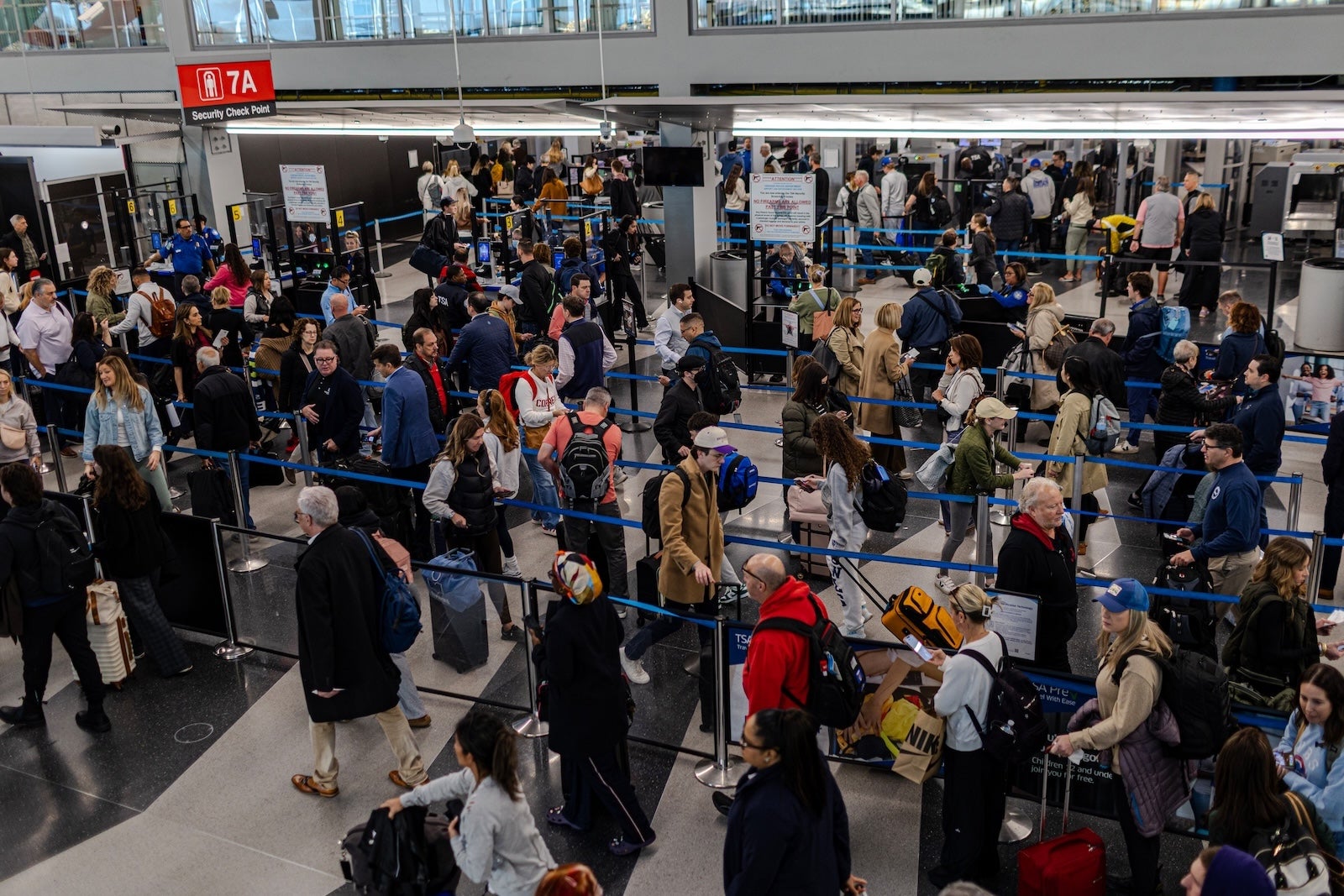The lines at airport security snaked longer, a visible manifestation of a growing crisis unfolding across the nation’s airspace. Air traffic controllers, working without pay for weeks as a government shutdown stretched on, were beginning to buckle under the strain.
A quiet desperation settled over the profession, already facing staffing shortages. Controllers, essential to the safe flow of air travel, started calling out sick, creating a ripple effect of delays that threatened to paralyze the system.
The Federal Aviation Administration’s attempt to enforce mandatory flight restrictions only exacerbated the problem. Nearly 20,000 flights had already been delayed by Wednesday, a number that climbed steadily with each passing hour.

Charlotte Douglas International Airport, a major American Airlines hub, ground to a halt Saturday morning, a stark illustration of the disruption. Airport officials pleaded for patience, acknowledging an “unprecedented situation.”
Washington D.C.’s Reagan National Airport experienced similar chaos the night before, grappling with “significant delays and cancellations” as the staffing crisis deepened. The situation felt increasingly fragile.
The outlook offered little hope for immediate relief. Airlines preemptively canceled nearly 930 flights for Sunday, bracing for continued restrictions. Projections indicated that by late next week, one in ten flights at the 40 most affected airports could be grounded.

Without a resolution to the government shutdown, a return to normal operations seemed distant. The core issue – paying the people who keep the skies safe – remained unresolved, leaving the future of air travel in limbo.
Airlines urgently called on Congressional leaders to find common ground, emphasizing the critical need to reopen the government and restore stability to the nation’s airspace. Every moment of inaction amplified the growing crisis.
The approaching Thanksgiving holiday loomed large, threatening to transform a traditionally busy travel period into a logistical nightmare. The potential for widespread disruption weighed heavily on travelers and the industry alike.
Passengers faced a difficult reality: navigating a system stretched to its breaking point. The situation demanded flexibility, understanding, and a willingness to adapt to rapidly changing circumstances.






